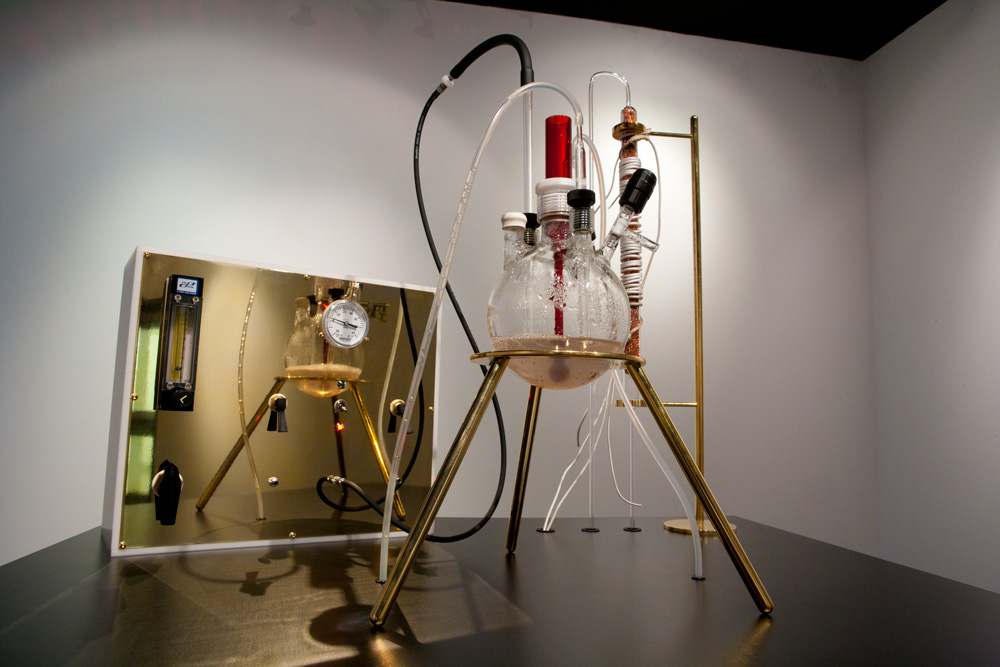I've read about microchips made to fit inside contact lenses has been worked on before, but at the time I thought it would mainly be used to make the glass part of Google Glass invisible, and render most stereotypical science fiction videos about augmented vision a reality.
Apparently now Google has taken over its development under the guise of using it to monitor blood sugar levels in tears. Aside from the sinking feeling in my stomach about the social consequences of this, I find it pretty interesting that something like glucose levels can even be measured in your tears. There is a weird tension between taking something as emotional as your tears and using them for medical data collection.
This article says glucose can be measured in saliva too, albeit not if you don't have the technology to hand.
Apparently now Google has taken over its development under the guise of using it to monitor blood sugar levels in tears. Aside from the sinking feeling in my stomach about the social consequences of this, I find it pretty interesting that something like glucose levels can even be measured in your tears. There is a weird tension between taking something as emotional as your tears and using them for medical data collection.
This article says glucose can be measured in saliva too, albeit not if you don't have the technology to hand.















